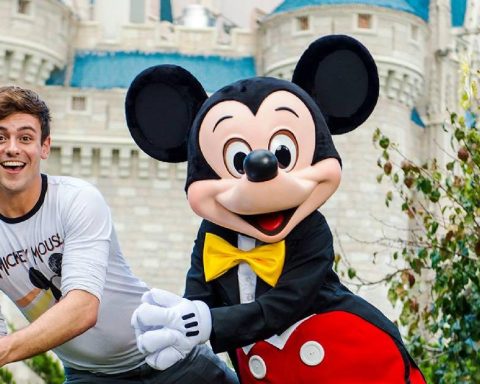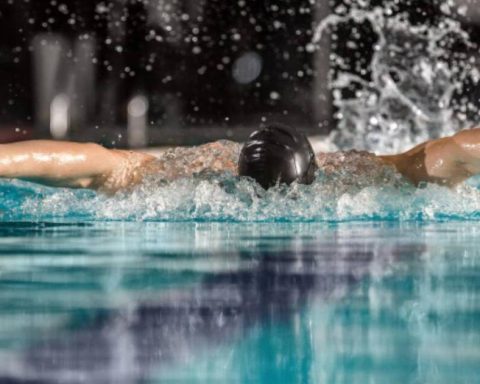Recently, the Private Competitiveness Council (CPC) and the Universidad del Rosario published the results of the Departmental Competitiveness Index (IDC) on the departments in the country and Bogotá.
(Read: Poverty in Colombia is still far from returning to pre-pandemic figures).
The index is a mechanism to highlight the challenges that local authorities and the next elected government must prioritize. One of the main findings of the study is that the competitive productivity performance has been deteriorating.
In this sense, as soon as the institutions have registered a deterioration of 70% in the departments. In terms of health it has been 64%, in sophistication and diversification 55%; and in basic and secondary education 52%.
Now, the research revealed that by 2022 deepened territorial gaps compared to the results obtained in 2021. The index took into account different regional aspects: institutions, infrastructure, ICT adoption, environmental sustainability, health, basic and secondary education, business environment and innovation.
The index ranking is led by Bogotá, DC, Antioquia, Santander, Risaralda and Atlántico. On the other hand, the last positions of the IDC 2022 are occupied
through Amazonas, Chocó, Guainía, Vaupés and Vichada.
(Besides: How to avoid the ‘great job resignation’ in Colombia).
The departments that have presented the most improvements in terms of competitiveness have been Meta, Santander, Cauca and Arauca. However, among the areas with the most setbacks are Saint Andrew and Caesar.
The index has shown that the department’s competitiveness is directly related to the magnitude of its economies. In turn, that its deterioration is linked to its level of multidimensional poverty. Similarly, it reveals that the most competitive departments are those that have made the greatest progress in vaccination against covid-19.
For its part, the region of the coffee region and Antioquia stands out for having
the smallest gap in terms of competitiveness results. In contrast, the Amazon region made up of the departments of Amazonas, Caquetá, Guainía, Guaviare, Putumayo and Vaupés, it presents a homogeneous performance towards the bottom. This region registers its most important challenges in the dimensions of higher education
and job training, market size, sophistication and diversification.
The study revealed that although the Amazon region has widespread challenges in almost all the pillars of the measurement, it registers an outstanding performance in the pillars
of environmental sustainability and labor market.
(Keep reading: After The Hague ruling, the Government guarantees fishing boat access to banks).
For its part, the region of Plains and Orinoquía has a significant lag regarding the diversification of its productive apparatus. As for the Pacific, the low performance due to the high gaps in ICT adoption is seen as a challenge.
BRIEFCASE

















